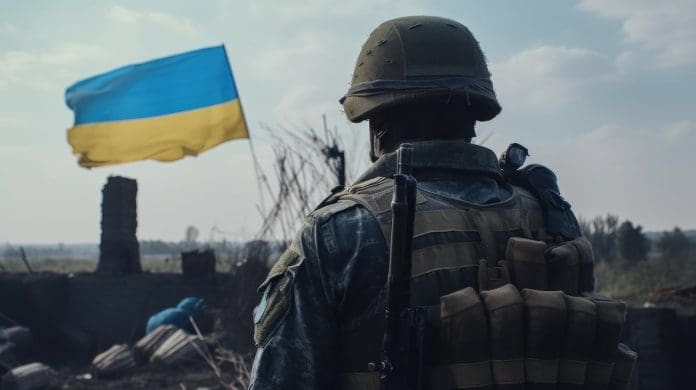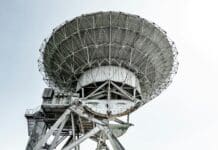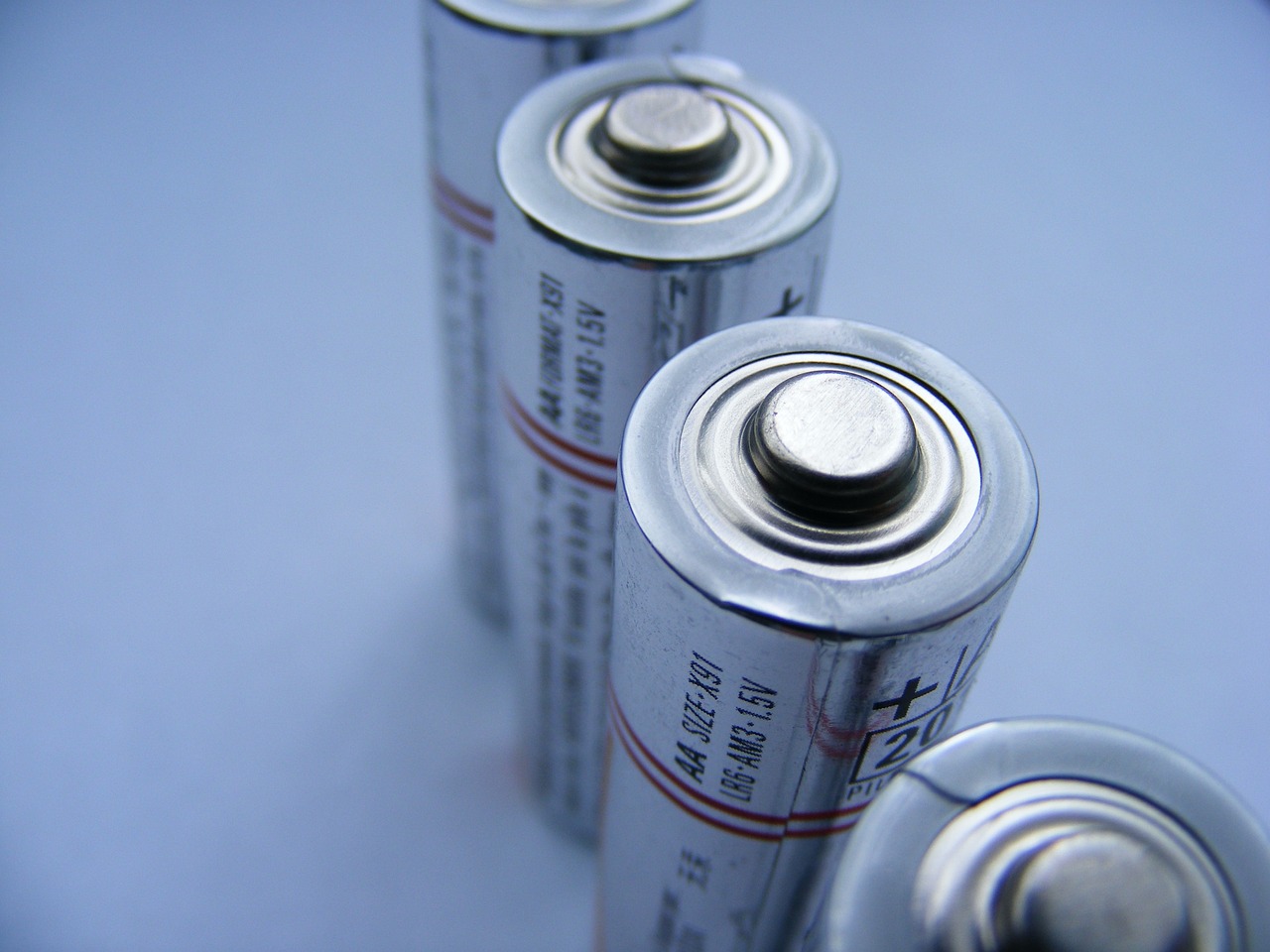This post is also available in:
 עברית (Hebrew)
עברית (Hebrew)
Ukraine’s Defense Intelligence has unveiled new details about Russia’s V2U unmanned aerial vehicle (UAV), a combat UAV powered by artificial intelligence. The drone, which is reportedly active in northeastern Ukraine, features an advanced autonomy system that enables it to independently identify and engage targets.
According to the Main Directorate of Intelligence, at the core of the V2U’s AI capability is the NVIDIA Jetson Orin — a compact yet powerful computing module originally developed for robotics and edge computing applications. While intended for use by developers and students, this $249 module is being repurposed as the central processor in a Russian military-grade system. Housed within a Leetop A203 mini-PC manufactured in China, the Jetson Orin supports real-time AI operations, allowing the drone to act in the field without human intervention.
Despite strict U.S. export controls and NVIDIA’s official withdrawal from the Russian market, Western-origin components are widely present in the V2U. The majority of the drone’s hardware, however, originates from Chinese manufacturers. This includes its propulsion systems, power elements, rangefinder, onboard storage, and critical control electronics — a clear indicator of China’s central role in supplying dual-use technology to Russia.
Ukrainian intelligence also notes that the V2U reportedly operates with only one GPS module, suggesting a reduced reliance on satellite positioning due to the effectiveness of Ukrainian electronic warfare systems. Instead, the drone appears to navigate using computer vision — matching live camera feeds to preloaded terrain imagery.
In a surprising twist, the drone is said to communicate via LTE networks using a Ukrainian mobile operator’s SIM card, facilitated by a Tandem-4GS-OEM-11 modem-router. This highlights the porous nature of tech supply chains even in wartime.
As the V2U demonstrates, the line between commercial and military technology continues to blur, raising urgent questions about global export compliance and the enforcement of sanctions.


























